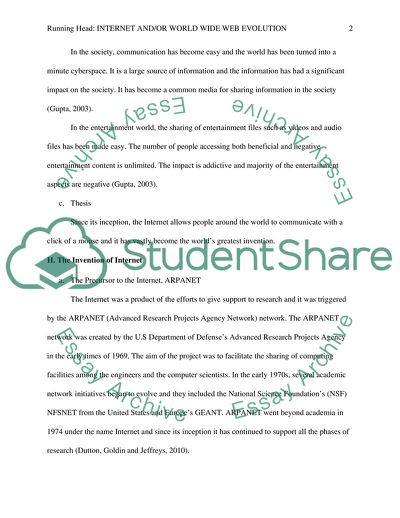Cite this document
(Internet and World Wide Web Evolution Term Paper, n.d.)
Internet and World Wide Web Evolution Term Paper. https://studentshare.org/information-technology/1748728-internet-andor-world-wide-web-evolution
Internet and World Wide Web Evolution Term Paper. https://studentshare.org/information-technology/1748728-internet-andor-world-wide-web-evolution
(Internet and World Wide Web Evolution Term Paper)
Internet and World Wide Web Evolution Term Paper. https://studentshare.org/information-technology/1748728-internet-andor-world-wide-web-evolution.
Internet and World Wide Web Evolution Term Paper. https://studentshare.org/information-technology/1748728-internet-andor-world-wide-web-evolution.
“Internet and World Wide Web Evolution Term Paper”. https://studentshare.org/information-technology/1748728-internet-andor-world-wide-web-evolution.


